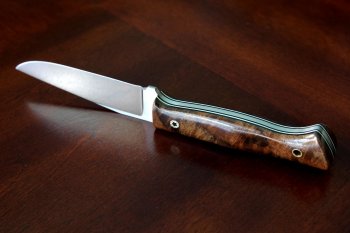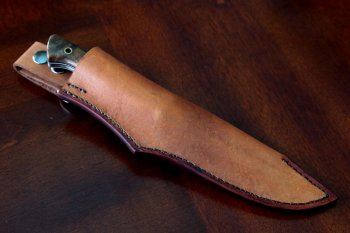wmhammond
Well-Known Member
From a different perspective. I am retired. I had a successful business career and I am very comfortably retired. I love to work with my hands and I have a very strong creative bent. During my business career I always maintained a creative hobby: woodworking, silversmithing and over the last three years, knifemaking. My deal has always been pride, pride in what I do. I have always sold what I make but not all of what I make. I set my prices based an what a true craftsman would or could charge. Some of it sells some of it doesn't. With regard to knifemaking when I first started I set my minimum price at $300 and committed to not selling a knife for less than $300 (just a matter of my personal pride - nothing else). What that does is set the bar for my skill-set. I've got a box full of knives that didn't sell - mostly because the weren't and aren't worth $300, but I've also sold a lot of knives, some for quite a bit more than $300 (Top price $1600). The wonderful thing about the free market is that things usually sell for what they are worth. If a knife is only worth $150 and I insist on selling it for $300 it usually ends up in the box. Point: I didn't start building knives and then pricing them at what the market would allow. I set the price on a knife and then build it to be worth that price. What that means is that my skill-set has to be good enough to produce a $300 knife and I have to keep working until it is or find a new hobby. So far, I'm still building knives. I think I make a profit but I don't really know, don't really care. What I do know is that I'm never sell too cheap and I'm thinking about raising my minimum to $350.
Wallace
Wallace



